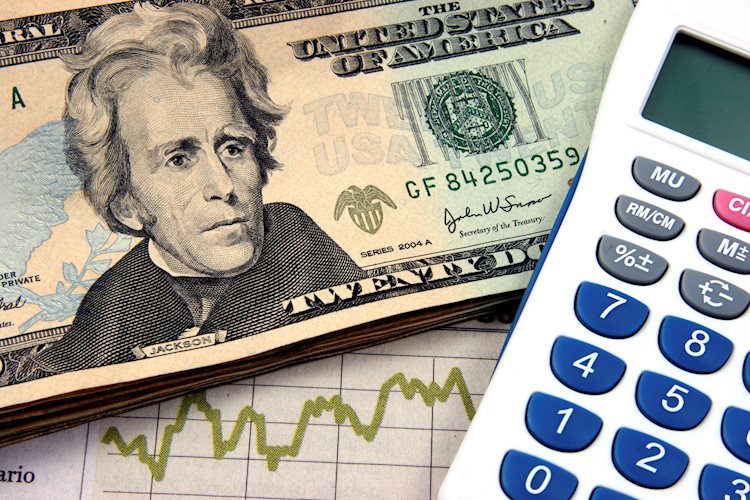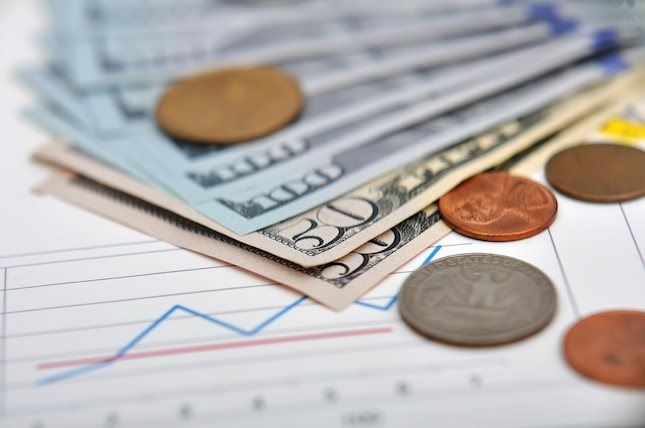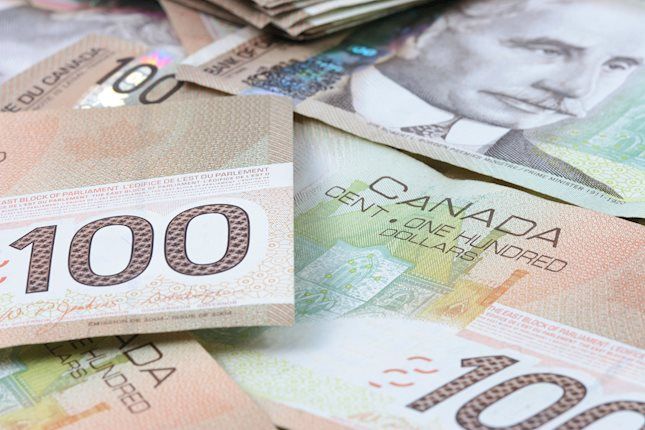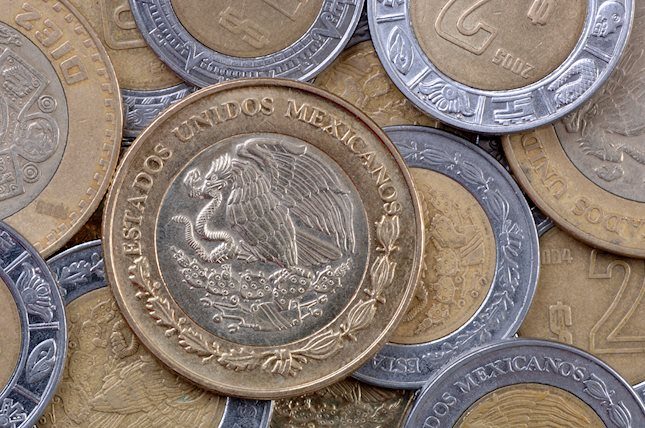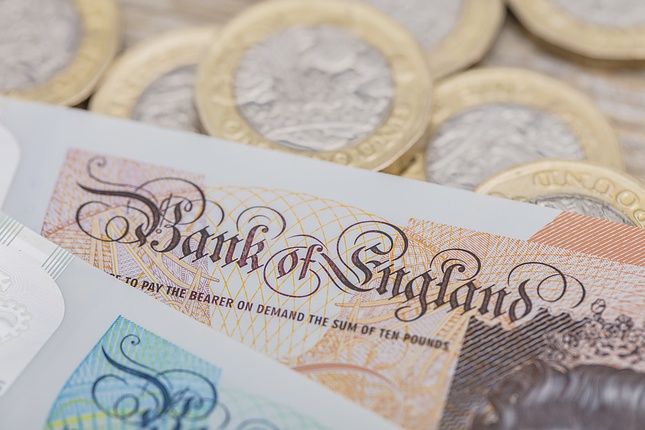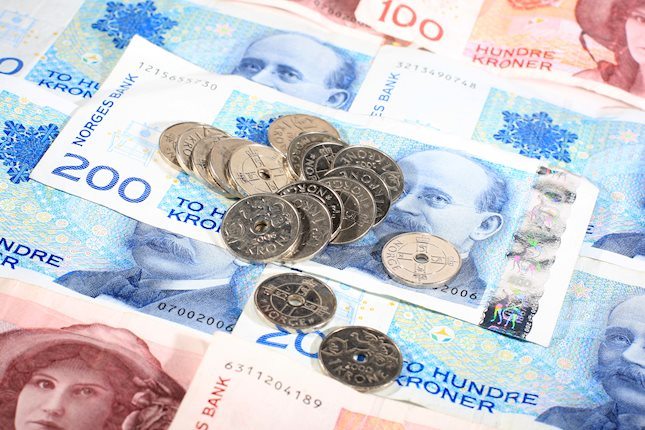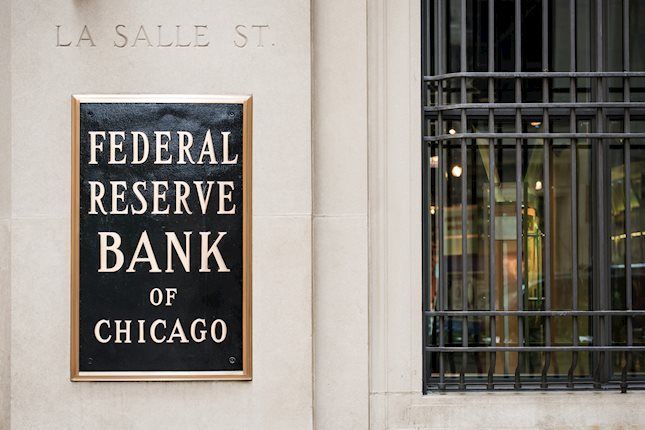US Dollar tallies additional gains on quiet Wednesday
- In a quiet week, Fed’s hawks are keeping the US Dollar afloat.
- Fed officials ask for patience to let monetary policy do its job.
- US Treasury bond yields recover somewhat on Wednesday.
The US Dollar Index (DXY) is currently trading with mild gains at 105.45. This gain can be partially attributed to the cautious remarks of members of the Federal Reserve (Fed), who highlighted that rates will be kept high as long as they need to be to bring down inflation. Other than that, there won’t be any relevant highlight from the US economy until next week when the US will release Consumer Price Index (CPI) data from April.
The US economy faces uncertainty with Fed Chair Jerome Powell acknowledging inflation persists uncomfortably high despite easing significantly in the past year. The Fed's stance has turned hawkish as the latest weak Nonfarm Payrolls report seems to have not convinced the bank that the job is done yet. However, if data continues coming in soft, the cuts will eventually come.
Daily digest market movers: DXY holds its ground on hawkish Fed bets, higher US Treasury yields
- Hawkish sentiments are emerging inside the Fed, casting doubt over the neutral rate level and pointing out potential prompts to adjust interest rates if needed, such as a resilient housing market and ascending inflation.
- Projections suggest a budding shift, indicating that the persistent strength of the US economy might elevate the median neutral rate in the future.
- Markets predict only a 10% probability of a rate cut at June's meeting. These probabilities reduce slightly over time with a projected 30% probability for a cut in July (down from 40%) and an 80% chance for September (down from 90%). A rate cut in November, however, remains fully priced in.
- US Treasury bond yields depict a scattered picture but are higher overall. The 2-year yield trades at 4.82%, mildly down while the yields for both 5-year and 10-year bonds, residing at 4.48% and 4.47%, respectively, show a slight upward inclination.
DXY technical analysis: DXY struggles amid reduced buying momentum, swing inclined toward sellers in the short term
The indicators on the daily chart reflect a rather unsettled scenario for the Dollar Index. The Relative Strength Index (RSI) is lying flat in positive territory, indicating a lack of clear momentum in either direction. Moreover, the Moving Average Convergence Divergence (MACD) exhibits flat red bars, which shows that sellers remain steady.
In addition, the presence of the DXY beneath the 20-day Simple Moving Average (SMA) suggests that bears have managed some control, with the currency struggling to regain ground. Despite the sellers' efforts, the Index remains above the 100 and 200-day Simple Moving Averages (SMAs), implying that bulls maintain dominance in the overall trend.
Interest rates FAQs
Interest rates are charged by financial institutions on loans to borrowers and are paid as interest to savers and depositors. They are influenced by base lending rates, which are set by central banks in response to changes in the economy. Central banks normally have a mandate to ensure price stability, which in most cases means targeting a core inflation rate of around 2%. If inflation falls below target the central bank may cut base lending rates, with a view to stimulating lending and boosting the economy. If inflation rises substantially above 2% it normally results in the central bank raising base lending rates in an attempt to lower inflation.
Higher interest rates generally help strengthen a country’s currency as they make it a more attractive place for global investors to park their money.
Higher interest rates overall weigh on the price of Gold because they increase the opportunity cost of holding Gold instead of investing in an interest-bearing asset or placing cash in the bank. If interest rates are high that usually pushes up the price of the US Dollar (USD), and since Gold is priced in Dollars, this has the effect of lowering the price of Gold.
The Fed funds rate is the overnight rate at which US banks lend to each other. It is the oft-quoted headline rate set by the Federal Reserve at its FOMC meetings. It is set as a range, for example 4.75%-5.00%, though the upper limit (in that case 5.00%) is the quoted figure. Market expectations for future Fed funds rate are tracked by the CME FedWatch tool, which shapes how many financial markets behave in anticipation of future Federal Reserve monetary policy decisions.
Forex News
Keep up with the financial markets, know what's happening and what is affecting the markets with our latest market updates. Analyze market movers, trends and build your trading strategies accordingly.
